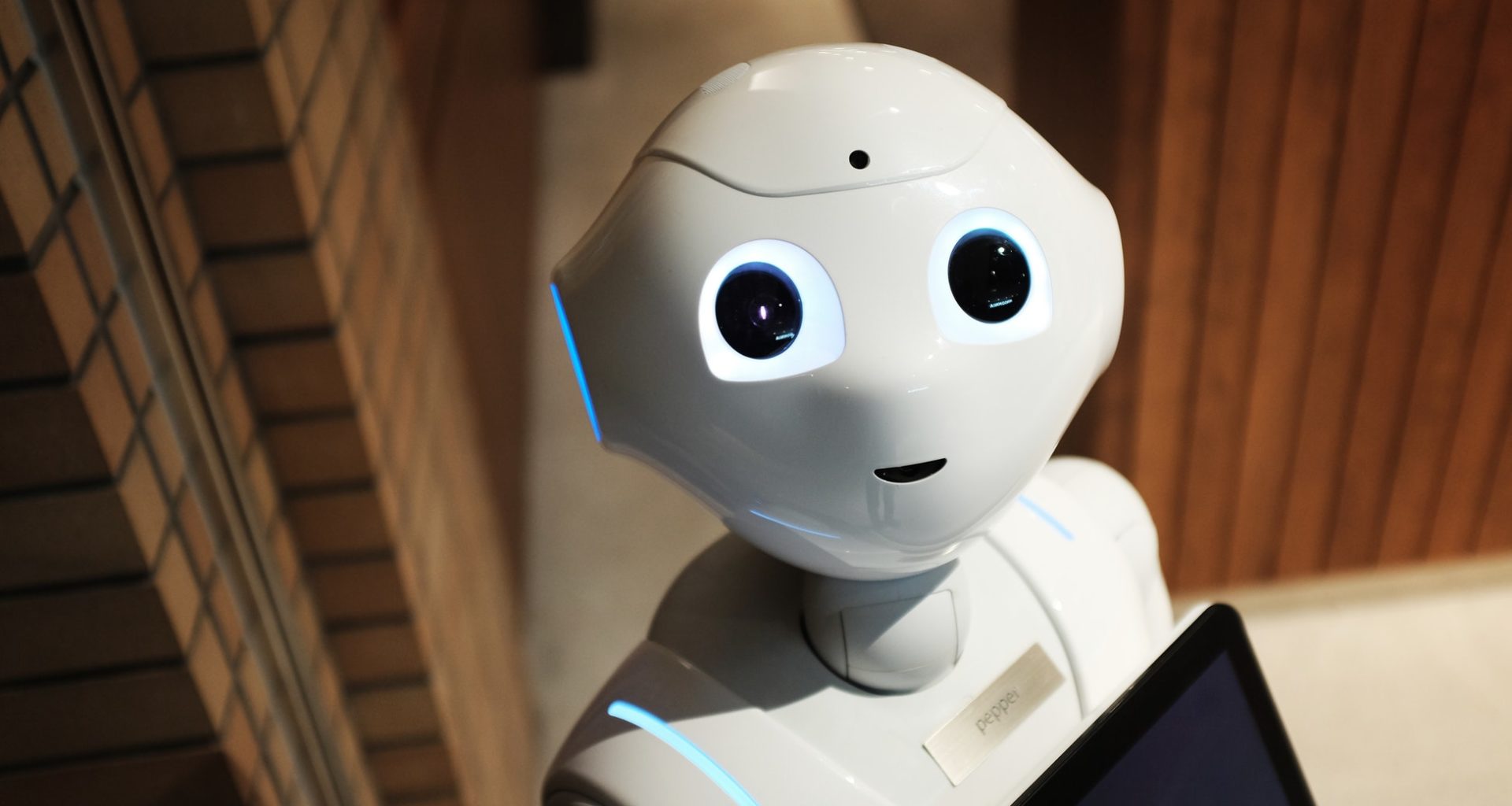From humanoids and androids to self-driving cars and automated drones, robots are re-imagining all aspects of our lives, opening up new possibilities and helping us solve problems in smart new ways.
According to the International Federation of Robotics, by 2019, 31 million robots will be helping in households worldwide and by 2020, more than 1.7 million will be entering our factories.
Here are 10 robots whose concepts and technology are redefining everything from agriculture to healthcare to communications, in what is being described as “the new renaissance”.
1. YuMi

Developer: ABB
Sector: Manufacturing
Job: Small-parts assembly
Arrived: 2015
Life-changing capabilities: ABB’s collaborative dual and single arm YuMi robot takes production to the next level, optimising processes and supporting the transition to Industry 4.0. It’s compact, dextrous and accurate enough to thread a needle and can work safely alongside humans. Collision detection sensors and lead-through programming give it the ability to sense obstacles and learn on the job.
Source: new.abb.com
2. Buddy

Developer: Blue Frog Robotics
Sector: Home
Job: Companion/assistant
Arrived: 2016
Life-changing capabilities: Designed to improve daily life and affordable to all, Buddy is enabled by inbuilt sensors, 3D cameras and WiFi connectivity. As well as offering in-home security, kitchen assistance, edutainment for kids and integrating with smart-home tech, he can ease loneliness for elderly people living on their own by providing accessible social interaction.
Source: bluefrogrobotics.com
3. Xaver

Developer: AGCO/Fendt
Sector: Agriculture and farming
Job: High-precision planting
Arriving: Unveiled 2017
Life-changing capabilities: This autonomous 6-12 robot swarm can precisely plant and map seeds around the clock, using satellite navigation and data management in the cloud. It needs 70% less energy than traditional machinery, minimises soil compaction and offers a sustainable food production model for our growing population needs.
Source: fendt.com
4. BioMot exoskeleton

Developer: NRG-CSIC
Sector: Healthcare
Job: Mobility assistance/rehabilitation
Arriving: Next 5-10 years
Life-changing capabilities: The next generation of mobile therapies, the BioMot exoskeleton wearable robot is compact, lightweight and can assist people with severe difficulties moving or walking. Dynamic sensorimotor interactions between a central program and feedback sensors boost symbiosis between robot and user, enabling real-time adaptability and flexibility.
Source: biomotproject.eu
5. The Plantoid
Developer: Instituto Italiano Di Tecnologia (project co-ordinator)
Sector: Environment
Job: Screening/soil monitoring
Arriving: Unspecified
Life-changing capabilities: Using miniaturised 3D printers to grow, the Plantoid mimics the properties of plant roots, using rich sensorised probes to autonomously explore the surrounding environment. Information on air, food, water and soil quality is then sent back to an operator via a network. The hope is eventually it will also be able to self-correct any issues detected.
Source: plantoidproject.eu / (All images: IIT-Instituto Italiano di Tecnologia)
6. Parcelcopter 3.0

Developer: Deutsche Post DHL Group
Sector: Transport and logistics
Job: Parcel delivery
Arrived: 2016
Life-changing capabilities: As ecommerce grows, smarter, more efficient delivery solutions will be needed. Parcelcopter 3.0 is the first robot to offer fully automated (including loading and unloading) routine air parcel deliveries to end-customers. Thanks to DHL’s high level of technical and procedural maturity, it’s one step ahead of similar models such as Amazon Prime Air.
Source: dpdhl.com
7. Double 2

Developer: Double Robotics
Sector: Communications
Job: Interactive telepresence
Arrived: 2016
Life-changing capabilities: A remote-controlled mobile telecom system, the Double 2 lets users virtually attend lessons, meeting or events and engage in conversations freely. Using lateral stability control, a power drive motor, a 150-degree wide-angle lens and a 5 megapixel camera, it brings in a new era of effective communication for today’s ever-growing army of remote workers.
Source: doublerobotics.com
8. Pepper

Developer: SoftBank Robotics
Sector: Customer service & retail
Job: Personalised assistance
Arrived: 2016
Life-changing capabilities: Pepper is the world’s first robot able to recognise human emotions and adapt its behaviour according. Enabled by 4 directional microphones, 3D cameras, 360-degree movement and internet connectivity, it’s already changing the face of customer service. As well as greeting people and answering questions, he can also share insightful data to assist marketing.
Source: ald.softbankrobotics.com
9. L2TOR

Developer: EU Commission sponsored
Sector: Education
Job: Teaching children languages
Arriving: Project ends 2018
Life-changing capabilities: In response to increased mobility within Europe and internationalisation, the L2TOR tutor robot is being developed to better teach languages to the next generation. Using and building on current social robot tech, including multimodal interface and social signal processing, it will set a new precedent for machine-assisted learning.
Source: l2tor.eu
10. K1

Developer: Knightscope
Sector: Security
Job: Entry/exit surveillance
Arriving: 2018
Life-changing capabilities: In an age of increased terrorist attacks, K1 offers a new way to control points of exit and entry. Features include sensors and scanners to detect people, weapons and radiation, 360-degree live streaming, plus licence-plate recognition. Data is relayed via a network and an alarm sounds if a threat is detected. Its tech will help build stronger, safer communities.
Source: knightscope.com
Now that intelligent machines are a very real part of our world, the rules on how we live and work have changed irrevocably. The possibilities of what they can do for, and with, us in the future are both exciting and endless.













